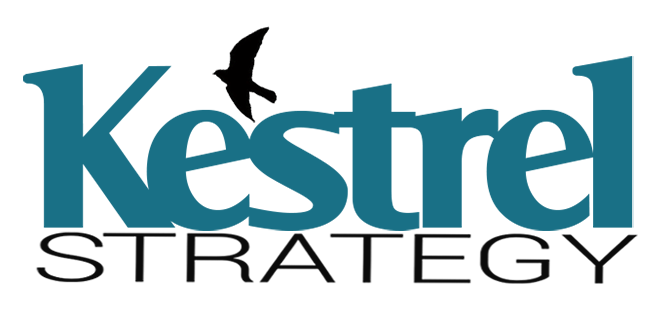Are You Making Your Healthcare Marketing Multilingual?
2 minute read
More than half of internet users are also patients with chronic diseases who look for health information online, according to a recent report by the Pew Research Center. With the rise of the information age, few people step into a doctor’s office without doing research online. And US health consumers are increasingly searching in languages other than English.
Over 50% of internet users search for health information, often in a language other than English.
In the United States, around 57 million people speak a language other than English at home. Some have limited English proficiency, which can make accessing healthcare difficult or even impossible. Stories abound of grandchildren translating medical information at the doctor’s office, or a health condition worsening because of a cultural misunderstanding.
Unsurprisingly, research shows that the lack of access to health information in multiple languages contributes to poor health in communities that are already struggling in other ways.
Health consumers in the U.S. are becoming an ever more diverse population, and they need a more personalized experience for themselves and their families. In certain healthcare markets, providing health information in languages other than English is an absolute must—think Vietnamese in San Jose or Arabic in Dearborn.
Governments and health organizations are making more multilingual health information available online.
To meet the growing need, large health organizations often hire translation services and invest in making multilingual health information available for the communities they serve.
For example, the CDC’s communications toolkit provides COVID-19 guidance in 34 languages, ranging from Spanish to Chinese to Swahili. And the National Institutes of Health online HealthReach portal provides multilingual materials on a range of diseases and health and wellness topics.
However, it’s not just about accessibility; it’s also about comfort. And most importantly, trust. Even non-native speakers who understand English very well feel more at ease when reading in their native languages. T
his is especially important when it comes to learning about specific health conditions, or what to do in the case of a public health emergency like the current COVID-19 pandemic.
Multilingual marketing can support access to healthcare and build trust with the community.
You might think of multilingual marketing as a luxury that only large healthcare groups can afford, but even small practices can have a big impact on the communities they serve by developing multilingual content.
After all, clear and reliable communication is the foundation for providing quality care for patients. And with increasing cultural diversity in the U.S., multilingual marketing is a way to build trust and visibility with the community.
If you’re interested in making your marketing multilingual but don’t know where to start, we’d be happy to talk you through it. We have translators, writers, and digital strategists that work in Spanish, Mandarin, German, French, Italian, Russian, Dutch, Lithuanian, Norwegian, Hindi, Marathi, Portuguese, Swedish, Filipino, Tagalog, Ilokano, Malayan, Swahili, Hebrew and Thai. Many have experience working in a healthcare context and understand the cultural nuances of the community you serve.
